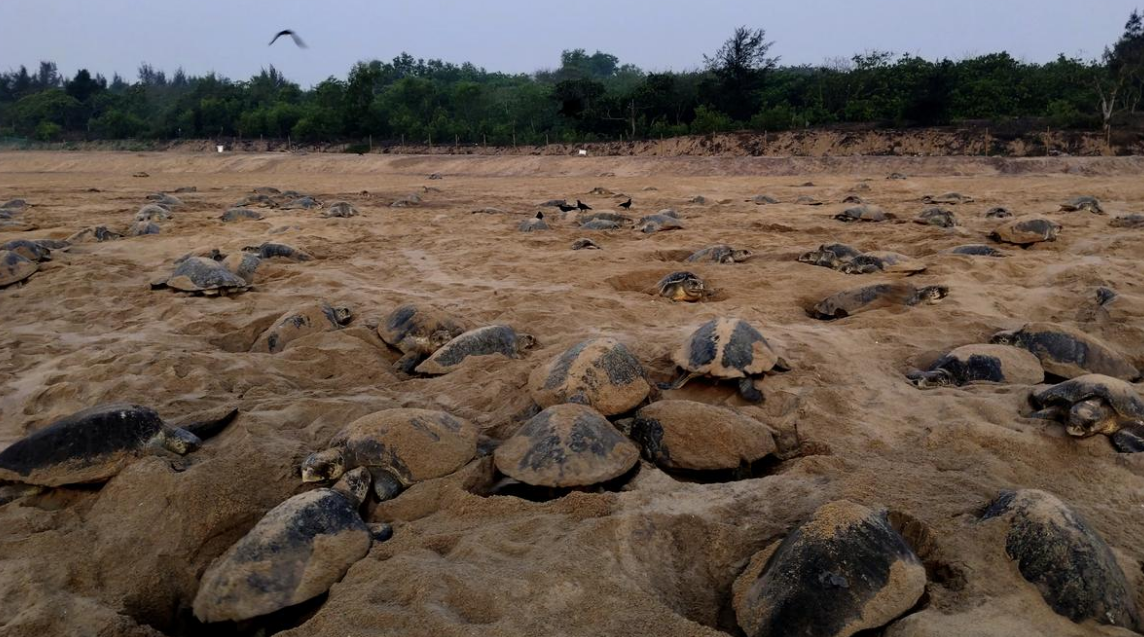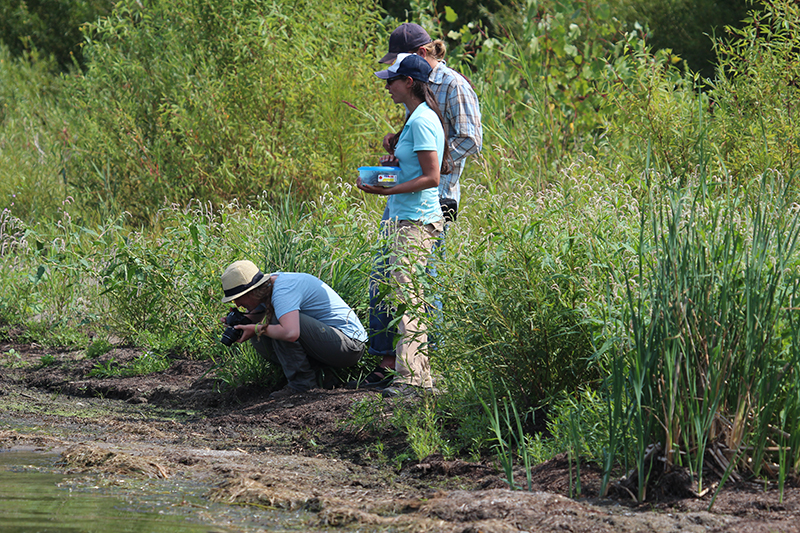
The Unyielding Watch: Decades of Long-Term Monitoring Uncover Sea Turtle Secrets on Turtle Island
Turtle Island, – On the sun-drenched shores of Turtle Island, where the rhythmic whisper of waves has been a constant for millennia, an unyielding watch has been kept for decades. This isn’t just about admiring the majestic sea turtles that grace these waters and nest on these beaches; it’s about an arduous, painstaking commitment to long-term monitoring – a scientific endeavour that forms the bedrock of global sea turtle conservation. Without the meticulous data collected over generations of researchers and conservationists, the true saga of these ancient mariners – their triumphs, their struggles, and their uncertain future – would remain largely unwritten.
The stakes are astronomically high. Of the seven species of sea turtles that roam the world’s oceans, all are listed as endangered or critically endangered. They face a relentless barrage of threats: habitat destruction, plastic pollution, climate change, accidental capture in fishing gear (bycatch), and historical poaching. Turtle Island, a critical nesting ground for species like the Green Turtle (Chelonia mydas) and the Hawksbill Turtle (Eretmochelys imbricata), has become a vital living laboratory, offering invaluable insights into the health of ocean ecosystems far beyond its coral reefs.
The Imperative of Persistence: Why Long-Term Matters
"You can’t manage what you don’t measure," asserts Dr. Anya Sharma, lead marine biologist for the Turtle Island Conservation Project, her face weathered by years under the tropical sun. "Short-term studies give you snapshots, but they don’t reveal the underlying trends. Are populations truly recovering, or are we just seeing good years? Is a decline a blip, or a catastrophic slide? Only consistent, decades-long monitoring can answer these questions."
The significance of long-term data cannot be overstated. Sea turtles are long-lived creatures, often reaching sexual maturity only after 20-30 years. Their nesting cycles can be irregular, with females returning to lay eggs every 2-7 years. A single season’s data, or even a few years’ worth, provides an incomplete and potentially misleading picture. It’s the cumulative weight of decades of observations that allows scientists to identify population fluctuations, understand migration patterns, assess the impact of environmental changes, and evaluate the effectiveness of conservation strategies.

The Unseen Labour: How Monitoring Happens
The work on Turtle Island is a testament to dedication. Every night during nesting season, researchers and trained local guides patrol designated beach sections. Their tools are simple yet essential: flashlights (red-filtered to minimise disturbance), measuring tapes, calipers, and tagging kits.
Nesting Beach Surveys: When a female turtle emerges from the surf, the patrol begins. Researchers record the species, carapace length and width, and look for existing tags. If untagged, she receives two small, numbered metal tags on her flippers – unique identifiers that link her to all future encounters. Some turtles also receive Passive Integrated Transponder (PIT) tags, similar to pet microchips, which can be read electronically without physical contact. The number of eggs laid is often estimated, and if nests are laid in precarious locations (e.g., below the high tide line, prone to erosion), they are carefully relocated to safer hatchery areas.
"It’s a delicate balance," explains Jamaluddin bin Kassim, a veteran local guide who has patrolled these beaches for over 30 years. "We need to collect the data, but the turtle’s welfare is always paramount. They are tired, vulnerable. You learn to read their body language, to move with respect." Jamaluddin has witnessed generations of turtles return, and he often recognizes individuals by their tagging history, a living testament to the power of consistent tracking.
Satellite Telemetry: Beyond the nesting beach, a more sophisticated layer of monitoring tracks turtles across vast oceanic expanses. Satellite tags, temporarily affixed to the carapace of selected turtles, transmit data on their movements to orbiting satellites. This technology has revolutionized our understanding of turtle migration routes, foraging grounds, and critical habitats far from human sight. Data from Turtle Island has revealed Green Turtles migrating thousands of kilometers to feeding grounds in distant reefs, and Hawksbills navigating intricate routes through complex archipelagoes.
Genetic Analysis: Tissue samples, carefully collected from nesting females, contribute to genetic databases. This allows scientists to determine population connectivity – whether turtles nesting on Turtle Island share genetic links with populations elsewhere – and assess genetic diversity, a key indicator of a population’s resilience to disease and environmental change.
Hatchling Monitoring: The monitoring doesn’t end with the adults. Once hatchlings emerge, their numbers are counted, providing vital data on reproductive success. The temperature of the sand in the nests is also measured, as it critically influences the sex ratio of the emerging hatchlings – a concerning factor in the face of rising global temperatures.
The Secrets Unlocked: What Decades of Data Reveal
The treasure trove of data from Turtle Island has yielded profound insights:

-
Population Trends: While some populations elsewhere continue to decline, long-term monitoring on Turtle Island has shown periods of stability and even modest recovery for Green Turtle populations, primarily attributed to rigorous protection efforts on the nesting beaches and reduced direct exploitation. However, Hawksbill populations, though showing signs of stabilizing, remain critically endangered, underscoring the differing challenges faced by species.
-
Migration Mysteries Solved: Satellite tracking has debunked old myths and mapped previously unknown oceanic highways. Researchers now understand the critical links between nesting beaches, foraging grounds, and developmental habitats, allowing for targeted conservation efforts across international borders. One tagged Green Turtle, "Seri," journeyed over 3,000 kilometers from Turtle Island to the waters off Vietnam, highlighting the need for transnational cooperation.
-
The Impact of Climate Change: The most alarming revelations from long-term monitoring pertain to climate change. Rising sand temperatures are skewing sex ratios dramatically, leading to a feminization of hatchling populations. "We’re seeing an increasing number of female hatchlings," Dr. Sharma explains, "which sounds good, but too many females and not enough males could be a serious problem for future breeding success." Furthermore, sea-level rise and increased storm intensity are eroding critical nesting beaches, directly threatening the very grounds essential for reproduction.
-
Effectiveness of Conservation: The data provides a quantifiable measure of success. The implementation of Marine Protected Areas (MPAs) and strict anti-poaching measures around Turtle Island have directly correlated with increased nesting numbers and improved hatchling survival rates. Conversely, periods of lax enforcement have shown immediate negative impacts.
-
The "Lost Years": While still largely enigmatic, long-term tagging data, combined with genetic studies, is slowly peeling back the curtain on the "lost years" – the mysterious period after hatchlings enter the ocean until they reappear as juveniles. Recapture data from distant locations hints at their oceanic wanderings and crucial early developmental habitats.
A Legacy of Hope, A Future of Vigilance
The story of long-term monitoring on Turtle Island is not just a scientific endeavour; it’s a narrative of human commitment to biodiversity. It’s about the countless sleepless nights, the relentless humidity, the mosquito bites, and the sheer joy of witnessing a clutch of hatchlings scurry towards the moonlit sea.
Yet, the work is far from over. New threats emerge, from ever-increasing plastic pollution, including "ghost fishing" gear that traps and drowns turtles, to the insidious effects of ocean acidification. The data collected today will be crucial for understanding these evolving challenges tomorrow.
"Turtle Island isn’t just a place; it’s a living symbol," reflects Dr. Sharma, gazing out at the vast expanse of the ocean. "It represents the immense challenge of conservation, but also the enduring hope that dedicated, long-term effort can make a profound difference. Every turtle that returns, every nest that hatches, is a testament to the power of observation, patience, and an unwavering commitment to protect these magnificent creatures for generations to come."
The watch continues, silent and vigilant, on the shores of Turtle Island, where the fate of ancient mariners is meticulously recorded, one tag, one nest, one decade at a time. The lessons learned here echo globally, providing the vital intelligence needed to safeguard not just sea turtles, but the health of our planet’s most vital ecosystem – the ocean itself.


